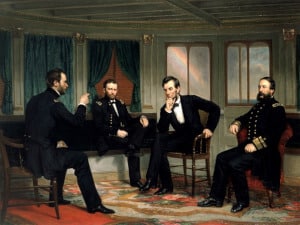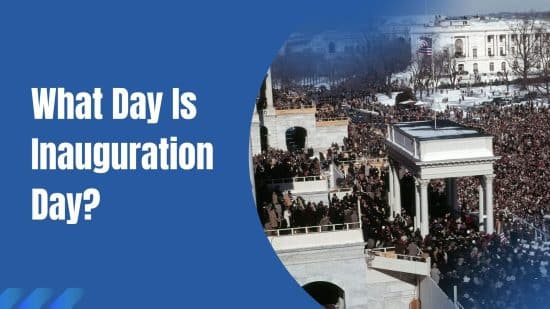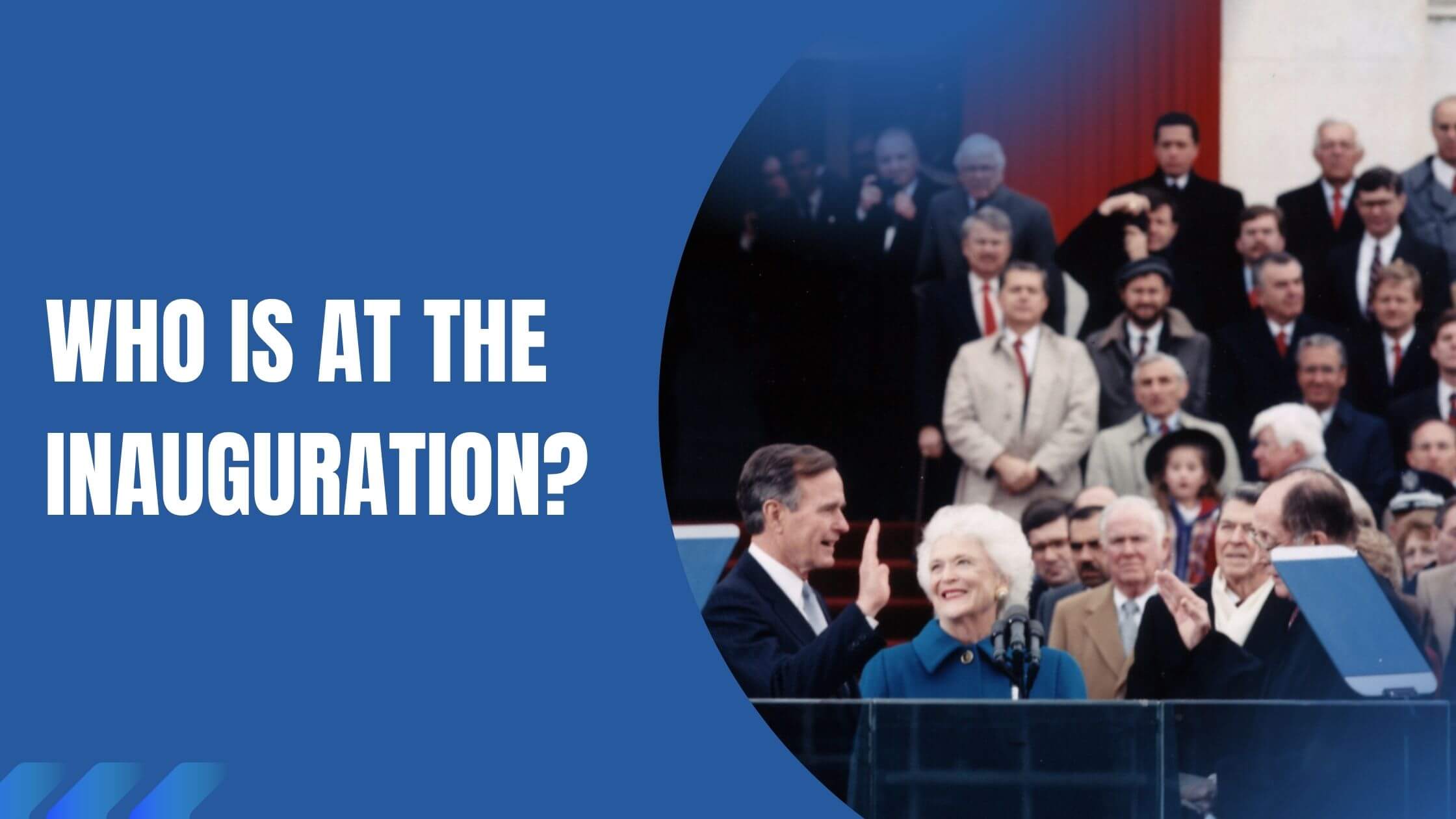Inauguration Day is one of the most important dates on the calendar for anyone that serves as president. This is when they finally obtain power, months after winning the election, and can get started on their plans for the nation’s future. So what day is Inauguration Day? Has it always been on this date, and why is there such a long interval after the election?

Get Smarter on US News, History, and the Constitution
Join the thousands of fellow patriots who rely on our 5-minute newsletter to stay informed on the key events and trends that shaped our nation's past and continue to shape its present.
Inauguration Day
Inauguration Day takes place every four years on January 20th. It has been this way since the second inauguration of Franklin D. Roosevelt after a change of date. The ceremony takes place at the United States Capitol building in Washington, D.C., and marks the official start of the new presidential term.

Another critical factor here is that the change in power occurs precisely at noon on the 20th. This old rule can lead to some interesting power plays and overlaps. The ceremony may run a little ahead of schedule or a little behind. So, the oath could be taken after the president is officially in power. Or, they could take the oath and have to wait five minutes.
Neither situation is that significant because there is so much else to do before entering the White House and starting work. However, the outgoing president can make the most of their time right until noon. For instance, President Trump took Air Force One for one last flight instead of attending Joe Biden’s inauguration ceremony.
Why Is There a Gap Between Election Day and Inauguration Day?
The presidential elections take place on a Thursday in November, a couple of weeks before Thanksgiving. On this day, voters go to the polls to democratically elect one of a number of potential candidates on the ballot. The winner is then declared the president-elect once a required margin in Electoral College votes is met. It is nearly three months until the winner gets sworn in.
There are benefits to having this sort of delay in place. For a start, it allows time in November for recounts and challenges in case of close results or claims of fraud in a particular state. Sooner or later, the loser will have to concede. This then gives the winner the rest of winter to assemble their Cabinet, determine their plan of action for their first 100 days in office, and generally prepare to move to Washington, D.C.
The Date of the Inauguration Was Changed From March 4th
The current date of January 20th hasn’t always been the date used for the presidential inauguration. Previously, it was March 4th. The date changed in the 1930s after issues with the long period between the moment a candidate became president-elect and the day they were sworn into office.
A long gap until the beginning of March made sense because of logistical issues in the past. A winning nominee that lived a long way from Washington DC faced an arduous journey to get there. It also took a lot longer in those days to collect ballots, count votes and send reports across the nation.
The date change was set in the 20th Amendment, which was then ratified on January 23rd, 1933. This amendment also ensured that the first meeting of Congress was much earlier, on January 3rd. While there are those benefits in a gap that are mentioned above, there were also downsides to waiting so long. The biggest issue is that the government could end up with a long lame duck session.
What Is a Lame Duck Session?
A lame duck session refers to a period where Congress is in session and working on important proceedings, but the change over of power isn’t in effect. The system is left in a strange state where people involved actually lost their seats a month before or where pressing issues aren’t discussed because they aren’t the responsibility of the vacating president.

There have been a few issues with lame duck sessions over the centuries. One of the most damaging was that of the “Secession Winter.” Seven states left the Union between Abraham Lincoln’s election win and inauguration. There was nothing he could do, and his predecessor wasn’t inclined to either. President James Buchanan was simply waiting out the rest of his term.
Exceptions to the Rule and Alternative Inauguration Dates
Despite this important constitutional amendment to change the date of the ceremony and the rule about noon, not all presidents were sworn in at this time. There are three types of situations where this isn’t possible. Either,
- January 20th falls on a Sunday,
- there is a delay in proceedings due to exceptional circumstances
- or they were taking over mid-term following a president’s death.
The first isn’t that common. A ceremony will not take place on a Sunday and may be delayed or brought forward a day. However, the 12 pm rule still applies, so the president must be sworn in at the correct time. This means that they could either start an inauguration already in power or end one without yet having official control of the White House.
The second is also uncommon because it would take a lot to derail the tradition. This happened with the first inauguration of George Washington as he delayed his due to bad weather, back when the event was held in March.

Then there are the cases of presidents taking the oath at other times in the year. This is essential if a president dies in office for a speedy power transfer. There is no point in having a lavish ceremony months later. Lyndon B. Johnson’s inauguration is infamous for being rushed while on board Air Force One. He had to take over from President John F Kennedy immediately following JFK’s assassination in Dallas, Texas.
A January 20th Inauguration Makes More Sense
January is a more suitable date for the inauguration when we consider the potential problems of a lengthy delay. The system is better for the 20th Amendment, although there is still no guarantee that all presidents will be sworn in on this day.




